34 Creating Phylogenetic Trees From Dna Sequences Worksheet Answers
Creating phylogenetic trees from dna sequences student worksheet answers. Showing top 8 worksheets in the category phylogenetic trees. The origin of modern human procedure answer the following questions as you proceed through the activity slides. Answer the following questions as you proceed through the activity slides. DNA Sequence Evolution Simulation and Phylogeny Building with Pen and Paper P a g e 6 | 15 Instructor's Guide - Lesson Plan Activity 4: Building a Phylogenetic Tree from DNA Sequences The final portion of this exercise involves building a tree from the sequences evolved in Activity 2 using a pen, paper and some straightforward arithmetic.
The Origin of Species: Lizards in an Evolutionary Tree. Students are guided to sort the lizard species by appearance, then generate a phylogenetic tree using the lizards' DNA sequences to evaluate whether species that appear similar are closely related to each other. Classroom Activities: Biodiversity and Evolutionary Trees
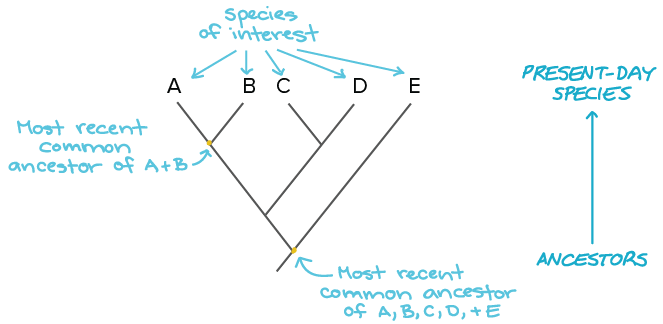
Creating phylogenetic trees from dna sequences worksheet answers
Transcribed image text: Name: CREATING PHYLOGENETIC TREES FROM DNA SEQUENCES This worksheet complements the Click and Learn presentation "Creating Phylogenetic Trees from DNA Sequences." A link to this presentation can be found on our Canvas homepage and will be sent to you via email. Answer the following questions as you proceed through the activity slides. DNA sequence comparison clarifies anatomical comparison 2.Phylogenetic trees can be generated using DNA sequence alignments 3.With increased sequences comes a more accurate phylogen Extension Activity-Address the following concepts in essay form Phylogeny is the evolutionary history of a species: a. The evolution of a species is dependent on. A phylogenetic tree may be built using morphological (body shape), biochemical, behavioral, or molecular features of species or other groups. In building a tree, we organize species into nested groups based on shared derived traits (traits different from those of the group's ancestor). The sequences of genes or proteins can be compared among.
Creating phylogenetic trees from dna sequences worksheet answers. Answers should include some reference to the greater the sequence divergence, then the less DNA sequence they have in common so the organisms are not as related. Those with low divergence share a lot of DNA in sequence and are more closely related. 17. Fill in the phylogenetic tree below with Samples 1 through 4 to summarize the relatedness of the Creating PhylogeneticÃrees from DNA Sequences 17. Watch the video clip on slide 18 and describe the link between the length of the line and time. 18. What is surprising about the placement of hippos on the phylogenetic tree? 19. Define a branch point (also called a node) on a phylogenetic tre and describe what it represents. SplcV assessa 4. A phylogenetic tree may be built using morphological (body shape), biochemical, behavioral, or molecular features of species or other groups. In building a tree, we organize species into nested groups based on shared derived traits (traits different from those of the group's ancestor). The sequences of genes or proteins can be compared among. Sometimes a cladogram is called a phylogenetic tree (though technically, there are minor differences between the two). In the past, biologists would group organisms based solely on their physical appearance.
Phylogenetic Trees Worksheet Answer Key | Free printables Hhmi creating phylo trees to answer key Howard Hughes. Creating phytognetic trees from student response worksheet DNA sequences. Notice that relations between organisms do not change. I would recommend asking questions individually. Creating phytognetic trees from DNA sequences. 521 238 13. Start studying creating phylogenic trees form DNA sequences. Learn vocabulary, terms, and more with flashcards, games, and other study tools. How has biotechnology affected the process of building phylogenetic trees from DNA sequence Sequence so many genes using little money and has expanded DNA technology by 50,000 fold What do evolutionary related organisms share Showing top 8 worksheets in the category phylogenetic trees. The evolution of a species is dependent on changes in the genome of the species. Creating phylogenetic trees from dna sequences student worksheet answers. Irrespective of gods exsistance how did life create dna without proteene sequencing to make dna in the first.
Phylogenetic Analysis Lab (PDF): In this document, instructions for analyzing phylogenetic trees are provided. Creating Phylogenetic Trees From DNA Sequences: This helpful resource provides a video and a downloadable worksheet that teaches individuals how to create phylogenetic trees from DNA sequences. Biological Trees (PDF): This worksheet. CREATING PHYLOGENETIC TREES FROM DNA SEQUENCES INTRODUCTION. This worksheet complements the Click and Learn "Creating Phylogenetic Trees from DNA Sequences" developed in conjunction with the 2011 Holiday Lectures on Science, "Bones, Stones, and Genes: The Origin of Modern Human." PROCEDURE. Answer the following questions as you proceed. Creating Phylogenetic Trees from DNA Sequences Student Worksheet " developed in conjunction. Genes: The Origin of Modern Humans. Answer the following questions as you proceed through the activity slides. 1. Briefly explain how scientists draw relationships between organisms based on shared anatomical features. Lesson Aim: Create multiple sequence alignments and phylogenetic trees to answer research questions. Teachers may also wish to discuss the Learning Objectives of the lesson, which are listed at the beginning of this lesson plan. 6. Tell students that genetic research often involves comparing DNA sequences to one another.
CREATING PHYLOGENETIC TREES FROM DNA SEQUENCES INTRODUCTION : This worksheet complements the Click and Learn "Creating Phylogenetic Trees from DNA Sequences" developed in conjunction with the 2011 Holiday Lectures on Science, "Bones, Stones, and Genes: The Origin of Modern Human." PROCEDURE : Answer the following questions as you proceed through the activity slides.
Some of the worksheets for this concept are Reading phylogenetic trees, Ap biology phylogeny review work tree 1, Interpreting evolutionary trees, Creating phylogenetic trees from dna sequences, Dna sequence evolution simulation and phylogeny building, Evidence for evolution cloze work, Fill out the following. Cyvizg85zyqywm.
DNA sequence comparison clarifies anatomical comparison 2.Phylogenetic trees can be generated using DNA sequence alignments 3.With increased sequences comes a more accurate phylogen Extension Activity-Address the following concepts in essay form Phylogeny is the evolutionary history of a species: a. The evolution of a species is dependent on.
Phylogenetic trees are diagrams of evolutionary relationships among organisms. Scientists can estimate these relationships by studying the organisms' DNA sequences. As the organisms evolve and diverge, their DNA sequences accumulate mutations. Scientists compare these mutations using sequence alignments to reconstruct evolutionary history.
• use sequence alignment and phylogeny-generating software to compare mitochondrial DNA sequences, and • analyze data from a phylogenetic tree and determine whether the data support a hypothesis. CURRICULUM CONNECTIONS. Curriculum Standards . NGSS (April 2013) MS-LS1-5, MS-LS4-2, MS-LS4-4, MS-LS4.A, MS-LS4.B, MS-LS4.C
2. How are DNA sequences used to deduce evolutionary relationships? _____ _____ 3. What is one advantage of building phylogenetic trees using DNA comparisons rather than anatomical features? _____ _____ 4. Watch the video clip on slide 3 and then draw a simple tree illustrating the evolutionary relationships between gorillas, chimpanzees.
Relevant to creating phylogenetic trees from dna sequences answers, This information will present an, in my experience, very highly effective solution to identify the answers to things — a approach the place you just simply state the concern, and — literally — let go completely and by doing so get the response towards query.
Description. In this activity, students use DNA sequences from marine mollusks to construct phylogenetic trees. This activity uses mollusks as model organisms to introduce phylogeny and the importance of evolutionary relationships in modern taxonomy. In Part 1, students learn how DNA can be used to study evolutionary relationships.
Creating phylogenetic trees from dna sequences student worksheet extension activity address the following concepts in essay form in the space provided below. Phylogeny is the evolutionary history of a species. Irrespective of gods exsistance how did life create dna without proteene sequencing to make dna in the first.
Phylogenetic trees can be generated using DNA sequence alignments With increased amounts of sequence data, we have more confidence than ever in the phylogenetic trees c. that can be generated. Published December 2014 Revised February 2017 Page 4 of 5 Worksheet Creating Phylogenetic Trees from DNA Sequences Student Worksheet EXTENSION ACTIVITY.
Constructing a Phylogenetic Tree Using DNA Sequence Data Background To study the evolutionary relationships between organisms alive today, various methods can be employed to estimate when those organisms may have diverged from a common ancestor. Having this information for a group of living organisms would allow one to construct a phylogenetic.
A: Building phylogenetic trees using DNA comparisons is often more objective and less ambiguous than building phylogenetic trees using anatomical comparison. Watch the video clip on slide 3 and then draw a simple tree illustrating the evolutionary relationships between gorillas, chimpanzees, humans, and orangutans. Watch the short video on slide 4.
Transcribed image text: Name: CREATING PHYLOGENETIC TREES FROM DNA SEQUENCES This worksheet complements the Click and Learn presentation "Creating Phylogenetic Trees from DNA Sequences." A link to this presentation can be found on our Canvas homepage and will be sent to you via email. Answer the following questions as you proceed through the activity slides.
Worksheet Creating Phylogenetic Trees from DNA Sequences Student Worksheet EXTENSION ACTIVITY Address the following concepts in essay form in the space provided below. Phylogeny is the evolutionary history of a species: a. The evolution of a species is dependent on changes in the genome of the species. Identify two mechanisms of
Showing top 8 worksheets in the category phylogenetic trees. Notice the relationships between the organisms do not change. Howard hughes medical institute 201 l holiday lectures on science creating phylogenetic trees from dna sequences student worksheet answer the following questions as you proceed through the activity slides. Answer the.

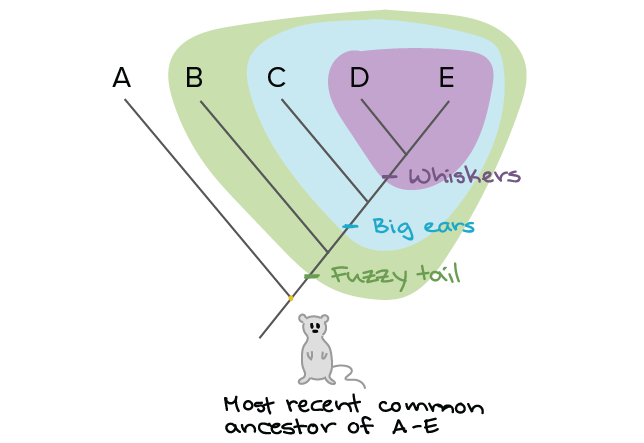




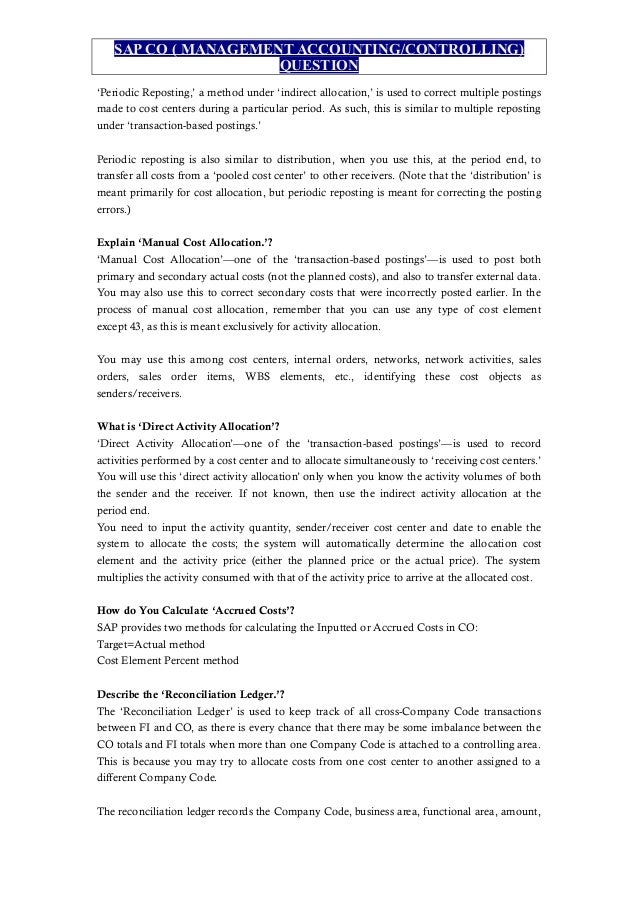




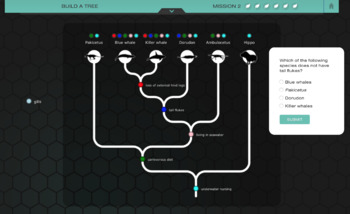






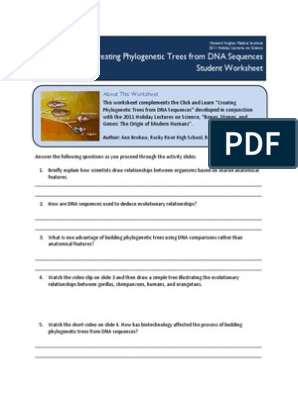




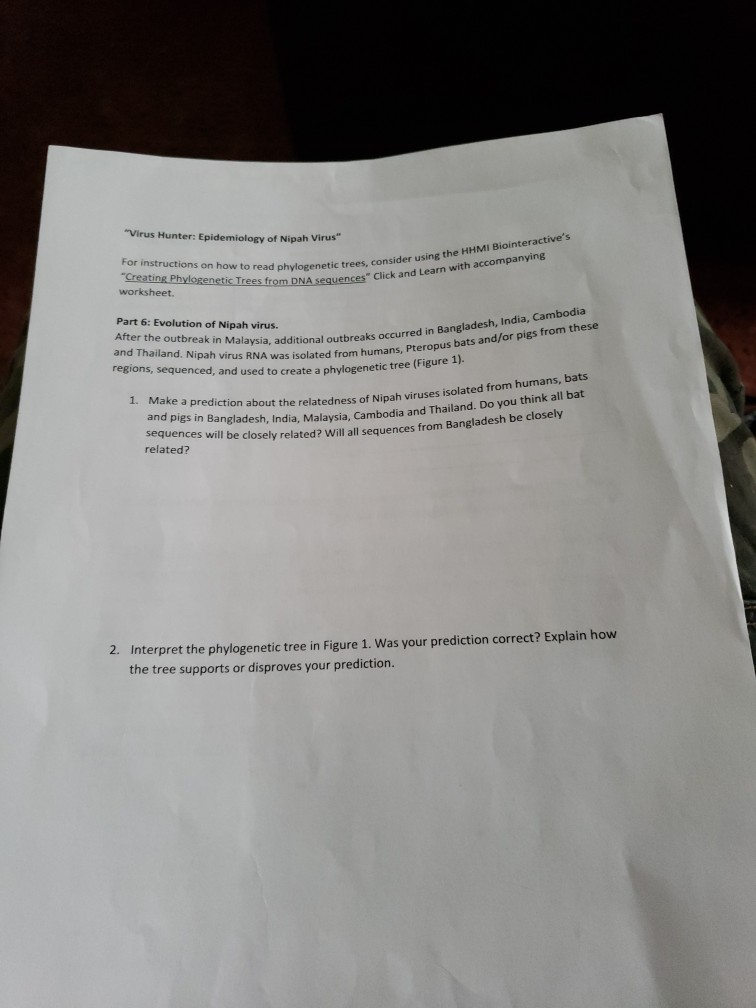
0 Response to "34 Creating Phylogenetic Trees From Dna Sequences Worksheet Answers"
Post a Comment